Currently working on an oscilloscope design that would require each channel to be able to take in between 30VPP, -30V to +30V, which will go to an ADC which has a maximum input of 3.3V.
What types of designs or specific circuits could I implement to offset the voltage where 0 is -30V and 3.3V is +30V ?
ALSO - Yes, I will also be implementing a voltage divider, but the ADC cannot take in negative voltage.


